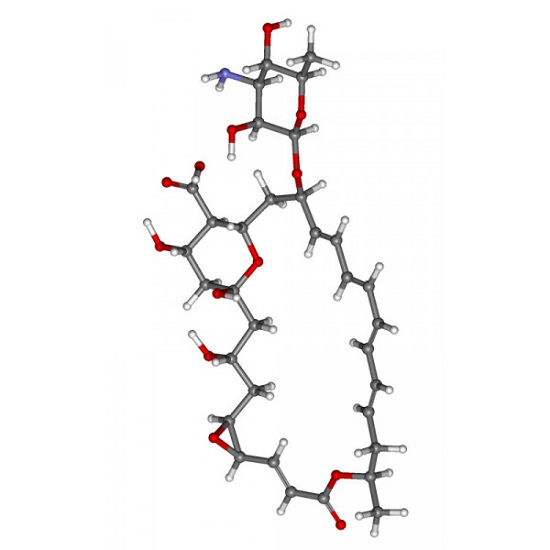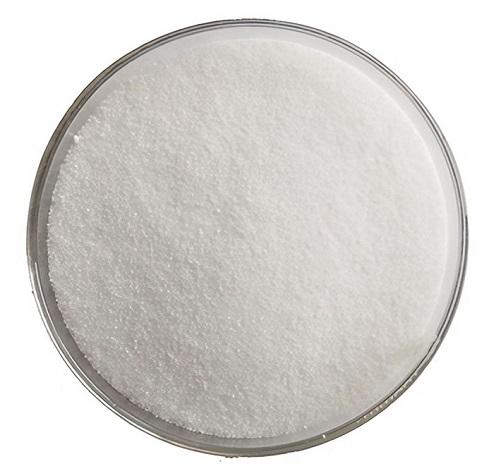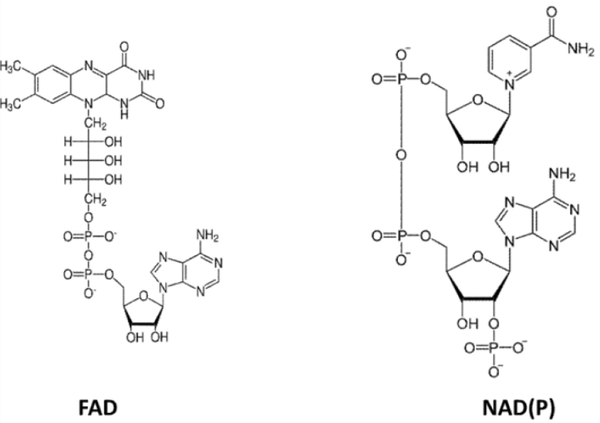Natamycin: Production, Mechanism of action and Application
What is Natamycin?
Natamycin is a polyene macrolide antifungal agent, a naturally occurring antimicrobial peptide, produced by Streptomyces natalensis strains, which is effective in inhibiting yeasts, filamentous fungal pathogens, moulds and various mycotoxins. However, it is inactive against bacteria and viruses. It has a wide range of applications in the food and pharmaceutical sectors and can be used as an antifungal preservative in a wide range of food products and is classified as a recognised safe ingredient in various food applications. It is also used to treat certain types of fungal infections of the eye.
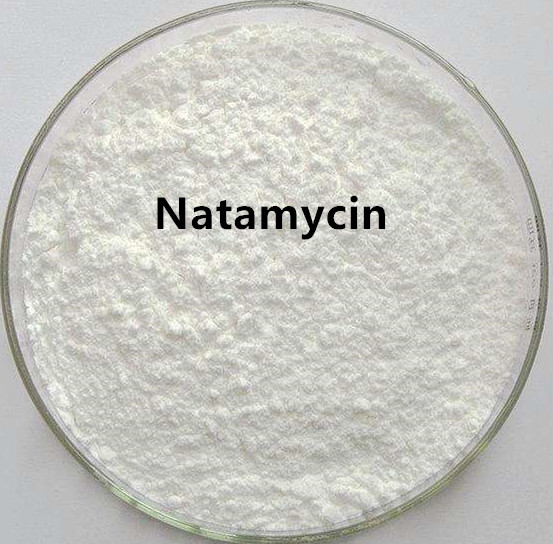
Production of Natamycin
Natamycin is produced in a fermenting medium that contains a pure inoculum of Streptomyces species. Some of commonly used strains are S. chattanoogensis, S. gilvosporeus, S. lydicus and S. natalensis. The major bottleneck during the production of natamycin is the optimal medium conditions and process control. The process conditions during the natamycin production should be optimized to give high yields with good activity against pathogens and mycotoxins. Submerged fermentation is the industrial process for producing natamycin, and many different process strategies has been tried to improve natamycin production including strain improvement, optimization of culture medium, process parameters, carbon source and control of fermentation process. The production process of natamycin depends on fed-batch cultivation The Schematic representation of natamycin Production process are shown in Fig. 2.
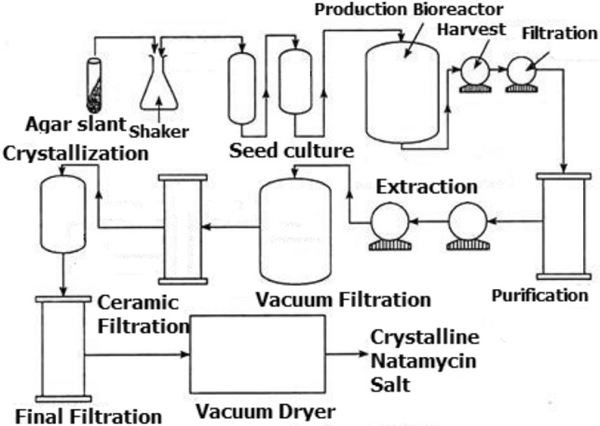
Mechanism of action
Natamycin has different modes of action on yeast and moulds, but all of them depend on ergosterol. The membrane of eukaryotic cells consists of lipids, phospholipids, proteins and sterols called ergosterols. Sterols play a crucial role in providing selective binding sites for natamycin. Since natamycin has a high affinity for ergosterol, it irreversibly binds to ergosterol on fungal cell membranes to form a polyene-sterol complex. This complex alters the permeability of the cell membrane, leading to a rapid leakage of essential ions and small peptides, resulting in the cessation of yeast and mould growth. Studies have shown that natamycin has an affinity for ergosterol of approximately 100 µM and forms polyene-ergosterol complexes that kill yeast. A double bond in the B-ring of ergosterol facilitates the formation of the polyene ergosterol complex. This complex directly prevents fungal growth without altering membrane permeability. The mode of action of natamycin on fungal cells is shown schematically in Figure 1. Mode of action of Natamycin on a fungal cell. (A) Presents the schematic diagram of a fungal cell and location of sterol and membrane channels within a cell. (B) Affinity of natamycin towards sterol resulting in formation of polyene sterol complex. (C) Leakage of membrane channel with loss of ions and peptides from fungal cell.
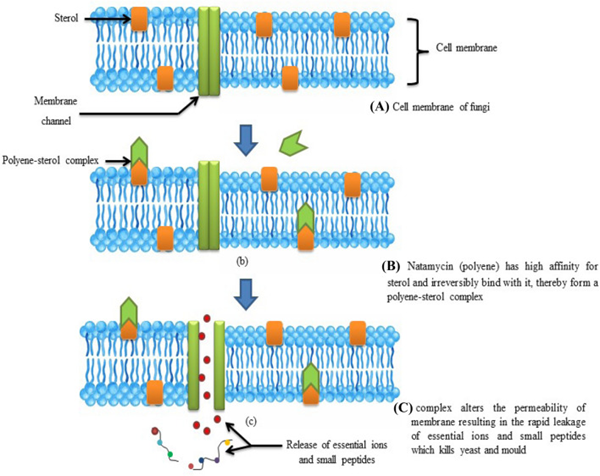
Yeast needs ergosterol to fuse the vesicle membrane. Natamycin interferes with the vesicle formation process but does not cause penetration, which kills yeast and moulds. A study used ergosterol and cholesterol as membrane sterols to prepare vesicles of laidlawii Achloplasma. It was shown that natamycin interacted more effectively with ergosterol and caused potassium ions to leak in the vesicles of laidlawii Achloplasma (maintaining the plasma membrane potential), leading to cell death. In addition, Van Leeuwen et al. elucidated the mode of action of natamycin and concluded that natamycin inhibits endocytosis of germinating conidia of Penicillium discoideum without causing membrane permeation.
Application of Natamycin
Natamycin is used as an antifungal preservative for a variety of foods such as yoghurt, khoa, sausages, fruit juices and wine. Natamycin can be applied by spraying, dipping, coating emulsions and direct addition. Studies have shown that Natamycin at 20 ppm showed the best inhibition of mould growth in fresh Egyptian soft cheeses (Tallaga cheese), with an extension of the shelf life of the cheeses up to 4 weeks. In addition, plain yoghurt treated with natamycin (10 ppm) had a shelf life of up to 40 days, and natamycin at a concentration of 8-10 ppm was shown to reduce the number of yeasts in vanilla-flavoured yoghurt by up to 65.99% when stored at 5±1°C without altering its natural organoleptic properties.
Natamycin is used in meat and meat products mainly for surface treatment of fermented sausages. The Codex Alimentarius Commission (CAC) has established a maximum permitted level of 6 mg/kg for natamycin in cured meats, game meats, dried meats and processed meats, with a penetration depth of not more than 5 mm. It has been demonstrated that natamycin can be used in the poultry feed industry to control Aspergillus-induced diseases without interfering with the growth performance of broilers.
In addition to meat and dairy products, Natamycin is also indicated in fruit and vegetable products. Concentrations of 100 mg/L and 200 mg/L of Natamycin were found to prevent grey mould of grapefruit and blue mould of date fruit. Natamycin prevents both diseases by inhibiting spore germination through penetration. Strawberries immersed in 20 mg/L natamycin for 5 min also inhibited mould growth, respiration rate and fruit rot. In addition, the U.S. Food and Drug Administration has set natamycin additions to various bakery products at 14 mg/kg for bread, 20 mg/kg for tortillas, and 7 mg/kg for American muffins. Similarly in China, natamycin residue in mooncakes should not exceed 10 mg/kg.
Natamycin eye drops or ointment are also used to treat fungal infections of the eye. It works by stopping the growth of certain types of fungi. It is only used to treat fungal eye infections. It is not used for other types of eye infections. Eye drop dosage: Adults need one drop in the eye every 4 to 6 hours; severe infections may require one drop in the eye every 1 or 2 hours for three to four days, followed by one drop six to eight times a day. For children, use and dosage as directed by a physician.
References:
[1] MAHIMA MEENA. Natamycin: a natural preservative for food applications—a review[J]. Food Science and Biotechnology, 2021, 30 12: 1481-1496. DOI:10.1007/s10068-021-00981-1.
You may like
Related articles And Qustion
See also
Lastest Price from Natamycin manufacturers
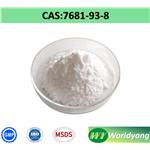
US $0.00-0.00/kg2025-11-28
- CAS:
- 7681-93-8
- Min. Order:
- 1kg
- Purity:
- 0.98
- Supply Ability:
- as required
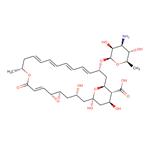
US $0.00/kg2025-11-21
- CAS:
- 7681-93-8
- Min. Order:
- 1kg
- Purity:
- 98%
- Supply Ability:
- Customise

